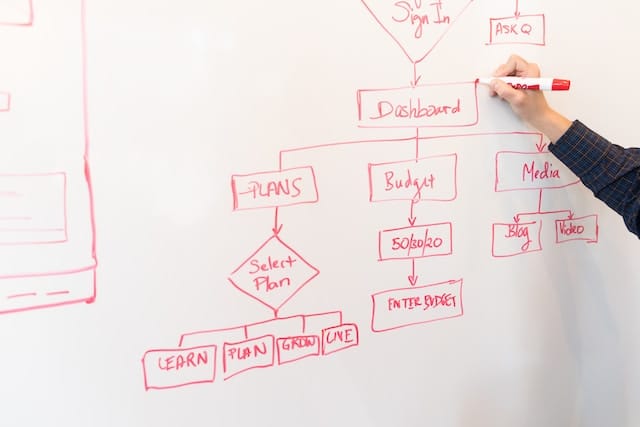Introduction
In the realm of design, two terms that often arise are “experience design” and “experiential design.” While these terms might sound similar, they have distinct meanings and applications. This article aims to clarify the differences between experience design and experiential design, examining their unique characteristics, goals, and methodologies.
How much do experiential designers make?
The salary of experiential designers can vary depending on several factors such as experience, location, industry, company size, and individual skills. While it’s difficult to provide an exact figure, I can offer a general salary range based on industry insights and research.
Entry-level experiential designers with limited experience can expect to earn an annual salary in the range of $40,000 to $60,000. These positions are typically for designers who are starting their careers and may be working under the guidance of more senior professionals.
Experiential designers with a few years of experience and a proven track record can earn salaries ranging from $60,000 to $100,000 per year. At this level, designers are expected to have a solid understanding of experiential design principles and possess the skills necessary to create engaging experiences.
Experience Design vs. Experiential Design – What’s the Difference?
Experience Design:
Experience design is a broad term that encompasses the creation of meaningful and holistic experiences for individuals. It focuses on shaping the entire user journey across various touchpoints and platforms.
Experience design considers multiple factors, such as usability, functionality, aesthetics, emotions, and interactions, to ensure that the user’s encounter with a product, service, or environment is seamless and impactful. It involves strategic thinking, research, prototyping, and iterative design processes to optimize the overall user experience.
Experiential Design:
Experiential design, on the other hand, is a specific subset of experience design that concentrates on crafting immersive and engaging experiences for individuals in physical or virtual environments.
It involves creating interactive and multisensory installations, exhibitions, events, or spatial designs that captivate and evoke emotions in participants. Experiential design often incorporates elements like storytelling, sensory stimuli, technology integration, and spatial design to create memorable and transformative experiences.
Comparing Objectives and Goals:
Experience design focuses on fulfilling user needs, enhancing usability, and providing value to users throughout their journey. It aims to create seamless and meaningful interactions, facilitate task completion, and evoke positive emotions. The primary goal of experience design is to optimize the overall user experience and ensure user satisfaction, loyalty, and advocacy.
Experiential design, on the other hand, emphasizes creating immersive and memorable encounters that go beyond mere usability. Its objectives involve captivating participants, stimulating curiosity and emotions, and leaving a lasting impact. Experiential design strives to create transformative and sensorial experiences that engage participants on multiple levels, creating a sense of wonder, delight, and connection.
Comparing Methodologies and Approaches:
Experience design employs a range of methodologies and approaches, including user research, user journey mapping, wireframing, prototyping, and user testing. It emphasizes understanding user behaviors, needs, and pain points to inform the design decisions and ensure user-centricity. Iterative design processes, such as Agile or Design Thinking, are often employed to continuously improve and refine the user experience.
Experiential design also incorporates similar methodologies but places greater emphasis on storytelling, spatial design, and the use of sensory elements. It may involve creating narratives or storylines that guide participants through the experience, implementing immersive technologies like virtual reality or augmented reality, and carefully considering spatial layouts, lighting, sound, and interactive components to create captivating and immersive environments.
Comparing Context and Medium:
Experience design is applicable to various contexts and mediums, including digital interfaces, mobile applications, websites, products, services, and physical environments. It is concerned with designing interactions and experiences across different platforms and channels, ensuring consistency and coherence in the user’s journey.
Experiential design primarily focuses on physical or virtual environments where participants can engage with installations, exhibitions, events, or spatial designs. It capitalizes on the context-specific elements and the potential for multisensory and immersive experiences, creating moments of discovery, connection, and emotional resonance.
Conclusion
Experience design and experiential design are not mutually exclusive but rather interconnected and complementary. In many cases, experiential design can be considered a specialized subset of experience design, focusing on specific physical or virtual environments. Experience design principles and methodologies can inform the creation of immersive and engaging experiences in experiential design, ensuring coherence and alignment with broader user experience goals.













Leave a Reply